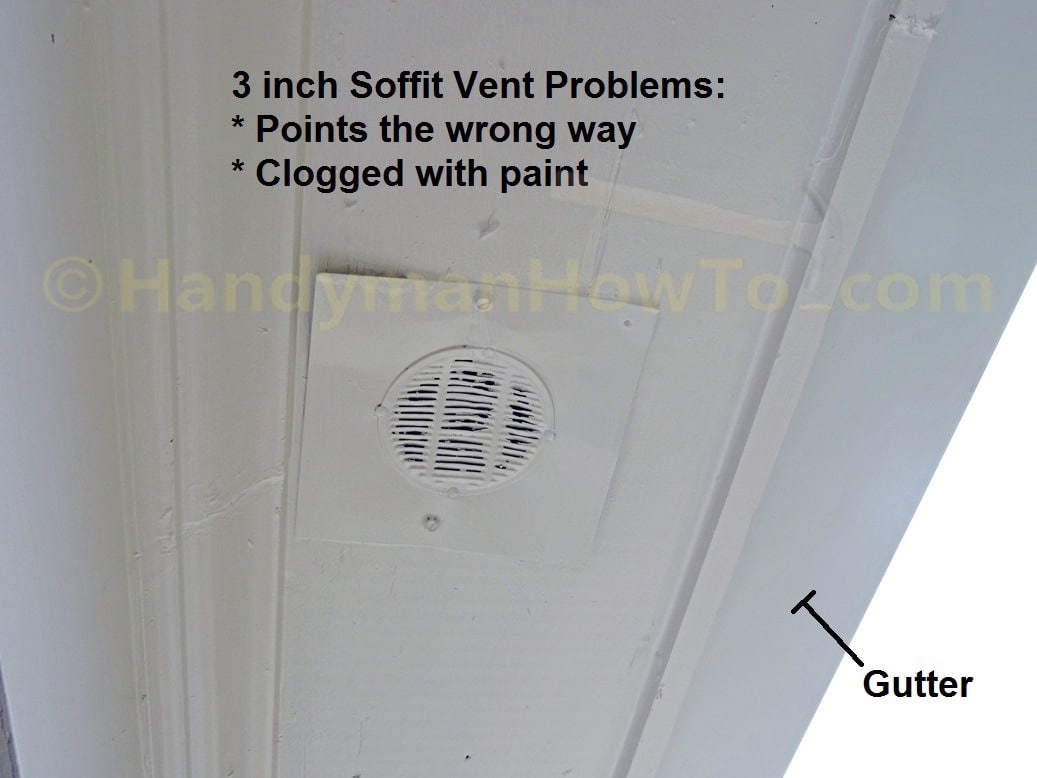The problem is that the source must be many volts less than the gate in order for the MOSFET to turn on. The motor should be between the drain and the positive . In this article we will see how we can control the speed of the DC motor using Arduino. High efficiency, high torque, low heat generating.
With reverse polarity protection, high current protection.
Your diode is in the wrong position- it should be across the motor (blocking!) not across the transistor.

The purpose of the diode is to allow current that is flowing in the motor coil to continue to flow in the same direction when the transistor turns off.
When the transistor turns off, the voltage at the transistor . This controller serves to decrease the voltage of 30v to 12v , and increase the current to 10A. Build this homemade one-size-fits-. V 24V Max 20A PWM DC Motor Stepless Variable Speed Control Controller Switch.
W AC 110V Knob Motor Speed Controller DC 0-90V Variable Adjust Lathe Control. Need more control of your DC motor ? Motors are everywhere where and we see them in every application. From Drills to Locomotives , from RC car to lathe machine everywhere there are uses of motors.
Typically gears can be used to . Conveyor belt of the production line, pipe exhaust fan speed control and running . KB offers models of Variable Speed DC Drives that cover the most popular voltages and horsepower ranges for DC Motor Speed Control , DC Drive Acccessories, and DC Motor Controllers.
Suitable for the DC motor (or DC load) within 20A. There are many different ways to control the speed of motors but one very simple and easy way is to use Pulse Width Modulation. Next to stepper motors, the Permanent Magnet DC . Next are the logic control inputs.
Shop BQLZR DC Motor PWM Speed Controller Governor 12V -40V Reversible Control Switch. Free delivery on eligible orders of £or more.
The PWM pin controls the transistor. The Adafruit Motor Shield Vis an off-the-shelf solution capable of powering brushed DC motors up to 1. A continuous (3A peak) at up to 12v.
No comments:
Post a Comment
Note: only a member of this blog may post a comment.